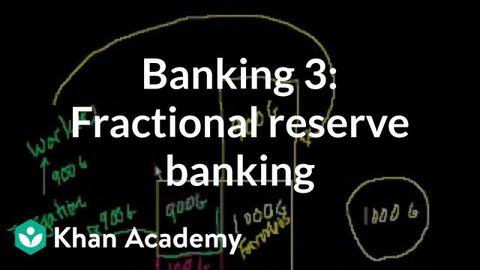
字幕と単語
バンキング3: フラクショナル・リザーブ・バンキング (Banking 3: Fractional Reserve Banking)
00
Deryck Whibley が 2021 年 01 月 14 日 に投稿保存
動画の中の単語
project
US /prəˈdʒɛkt/
・
UK /prəˈdʒekt/
- v.t./i.推定する : 予想する;投影する;突き出る;印象を与える;計画する
- n. (c./u.)計画;公営住宅;事業;建造
A1 初級TOEIC
もっと見る エネルギーを使用
すべての単語を解除
発音・解説・フィルター機能を解除
